'Overwhelming': Hundreds of dolphins, sea lions ill, dying due to California's red tide
Hundreds of sea lions and dolphins are turning up severely ill or dying on Southern California's beaches as the region experiences what one wildlife group says is the worst so-called red tide they've ever seen.
Since June 8, more than 100 dolphins and more than 100 sea lions have died in the Santa Barbara area because of domoic acid toxicity from algal blooms, according to Sam Dover, executive director of the Channel Islands Marine & Wildlife Institute.
Before June 8, he said the institute was maybe getting one call a day about a sick animal. Now they're getting over 300 calls a day.
"We've never had numbers this high. It's just out-of-control high," Dover said. "This is the worst in my lifetime."
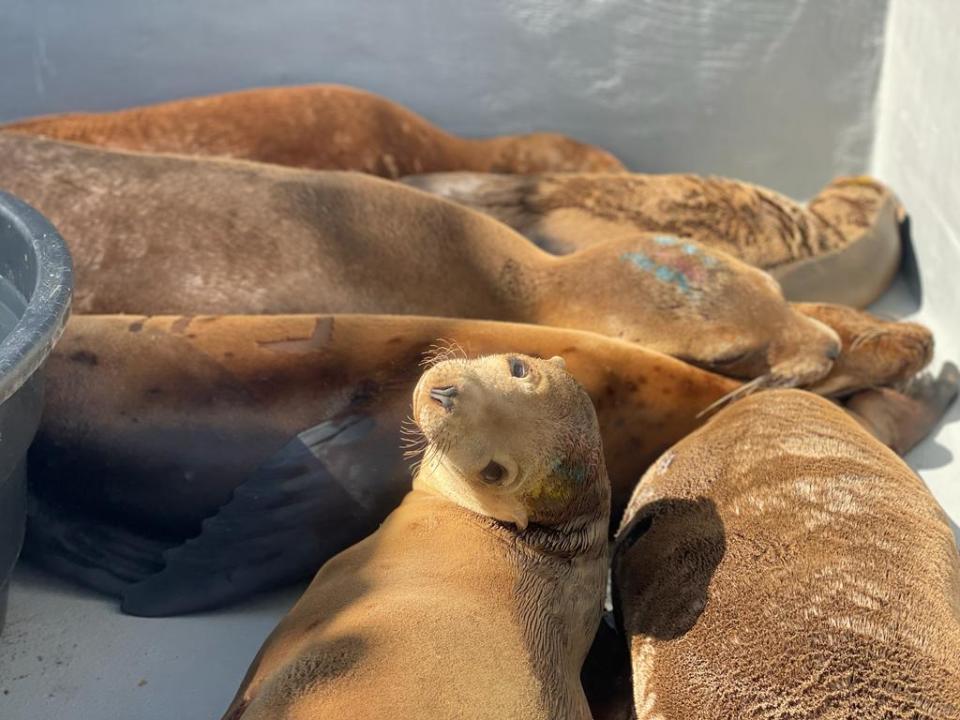
In Los Angeles County, the Marine Mammal Care Center has reached its capacity because of the "exceptionally high" number of sick animals. The ailing sea lions and dolphins also are turning up farther south in Orange County and San Diego as the toxic algal bloom spreads.
Here's what you need to know about California's red tide:
What's happening
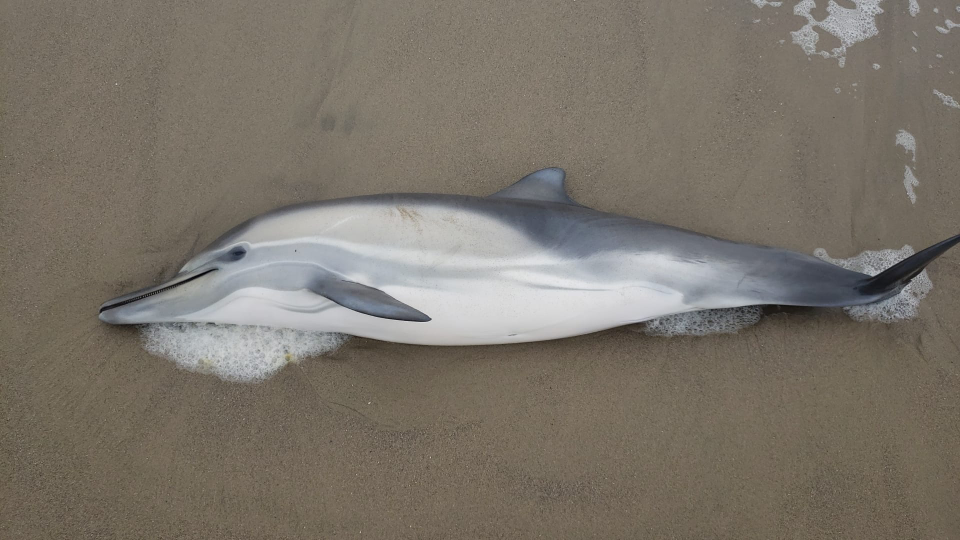
Sea lions and dolphins have been showing up on California beaches with seizures or passing out, even dying, Dover said.
"I'd see one and 100 yards down beach another, and another, and another," he said. "It became overwhelming pretty rapidly."
It started in Santa Barbara, which remains the epicenter of the problem, and it has spread farther south and north in recent days.
Dover and other volunteers must decide whether to cordon off an area to give the animals room to hopefully recover, whether to bring them in for treatment or whether euthanasia can help a suffering animal that's past the point of being able to survive.
If they're brought in for treatment, Dover said they're given fluids, food and anti-inflammatories, all of which can help flush the toxins from their bodies.
But it's a tough fight. Even if they live, they may have permanent brain damage.
"Mortality rates with the adult sea lions have been significant, and animals are dying despite our treatment, as well as at the beach and even during transport to our rehabilitation facility for care," wrote Ruth Dover, managing director of the Channel Islands Marine & Wildlife Institute, in an email about the crisis.
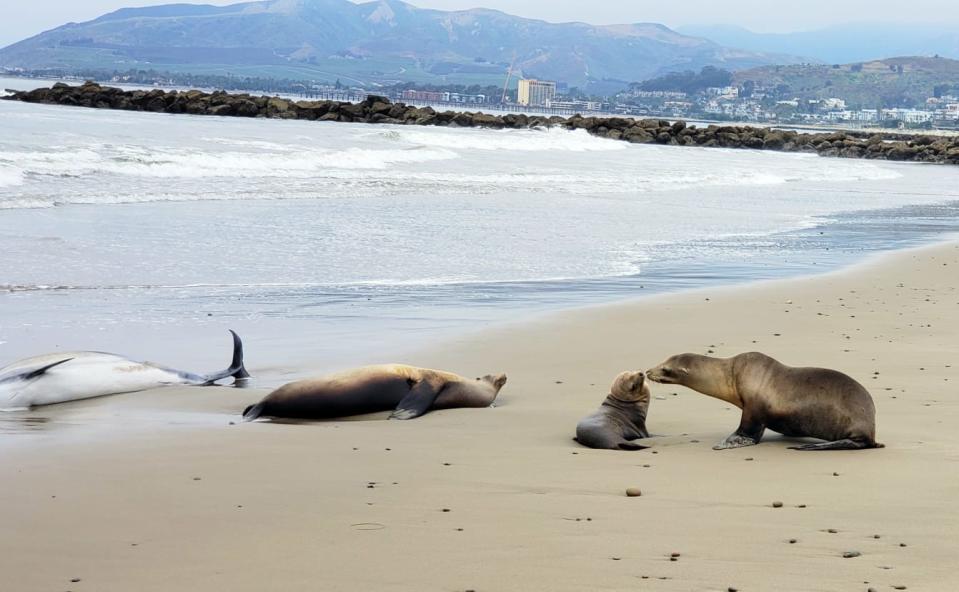
Why is this happening?
Red tides aren't uncommon, but the National Oceanic and Atmospheric Administration has observed particularly high concentrations of domoic acid from Orange County in Southern California to San Luis Obispo County on the central coast. Concentrations of the acid are especially high in Santa Barbara and Ventura counties, according to NOAA.
"Ocean conditions favoring the algae sometimes lead to more widespread outbreaks involving hundreds of animals," NOAA wrote, adding that this year's outbreak appears unique in that it includes more offshore areas, which has more of an impact to the dolphin population.
“We are trying to learn as much as we can as fast as we can,” said Michelle Berman Kowalewski, founder and director of the Channel Islands Cetacean Research Unit, according to NOAA. “As difficult as it is to see these animals die, we want to gather information to help understand how and why this is happening the way it is.”
Red tides can last days or months, and no one knows when the one wreaking havoc on California's sea life will end.
What can you do?
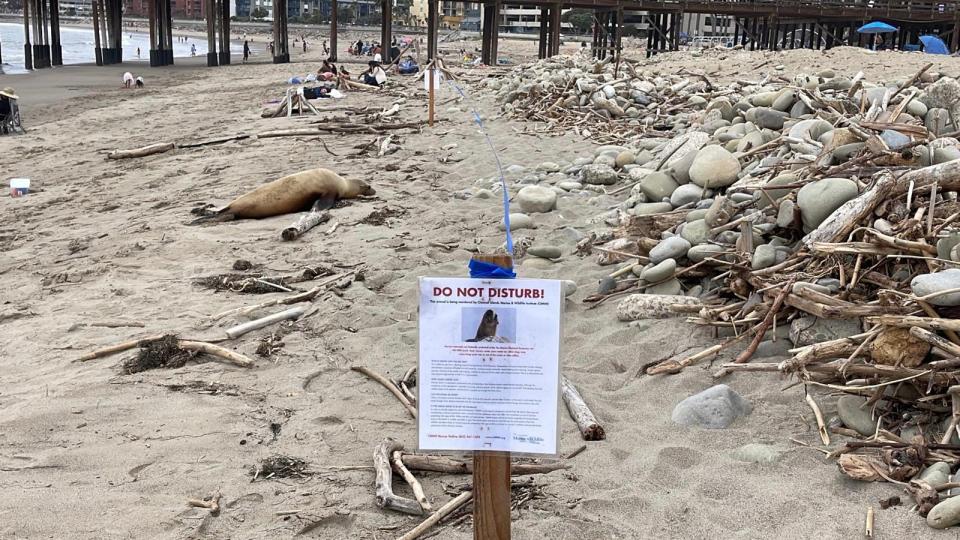
NOAA warns anyone going to beaches in central and Southern California to keep clear of sick animals and to keep their pets away, too.
"These animals can carry the toxin as well as other diseases that may be harmful to pets," NOAA wrote.
Humans can be exposed to toxins in red tides if they eat infected filter-feeding wildlife like oysters, scallops, clams and mussels, according to the California Department of Public Health.
Exposure symptoms can include cold- and flu-like symptoms and irritation to the eyes, mouth, and throat. Seafood is regularly tested for domoic acid.
If you see a sick animal, don't approach it. Depending on were you are, report it to:
The Channel Islands Marine & Wildlife Institute in Santa Barbara
The Marine Mammal Care Center in Los Angeles
The Pacific Marine Mammal Center in Laguna Beach (Orange County)
The National Marine Mammal Foundation in San Diego.
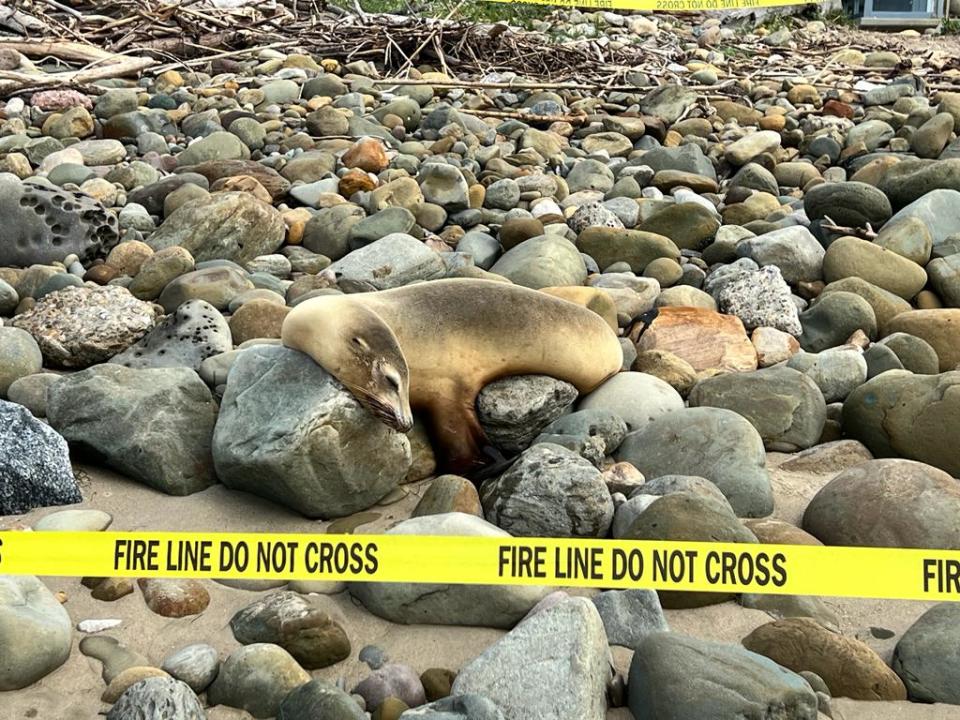
This article originally appeared on USA TODAY: Red tide in California killing hundreds of dolphins, sea lions

